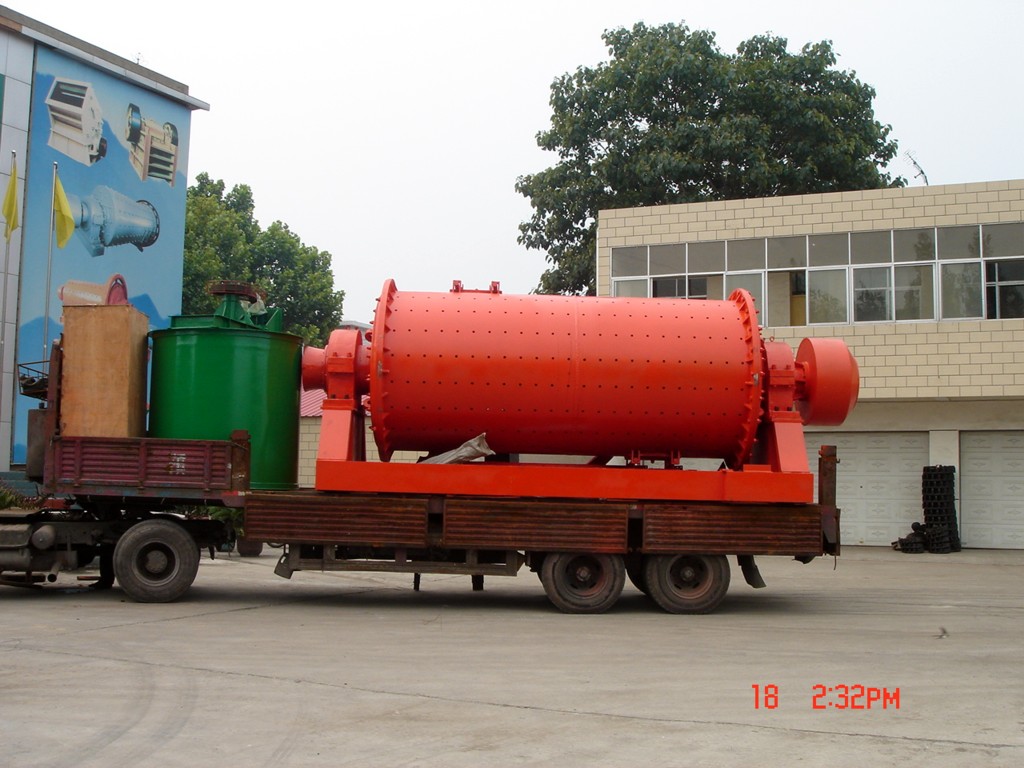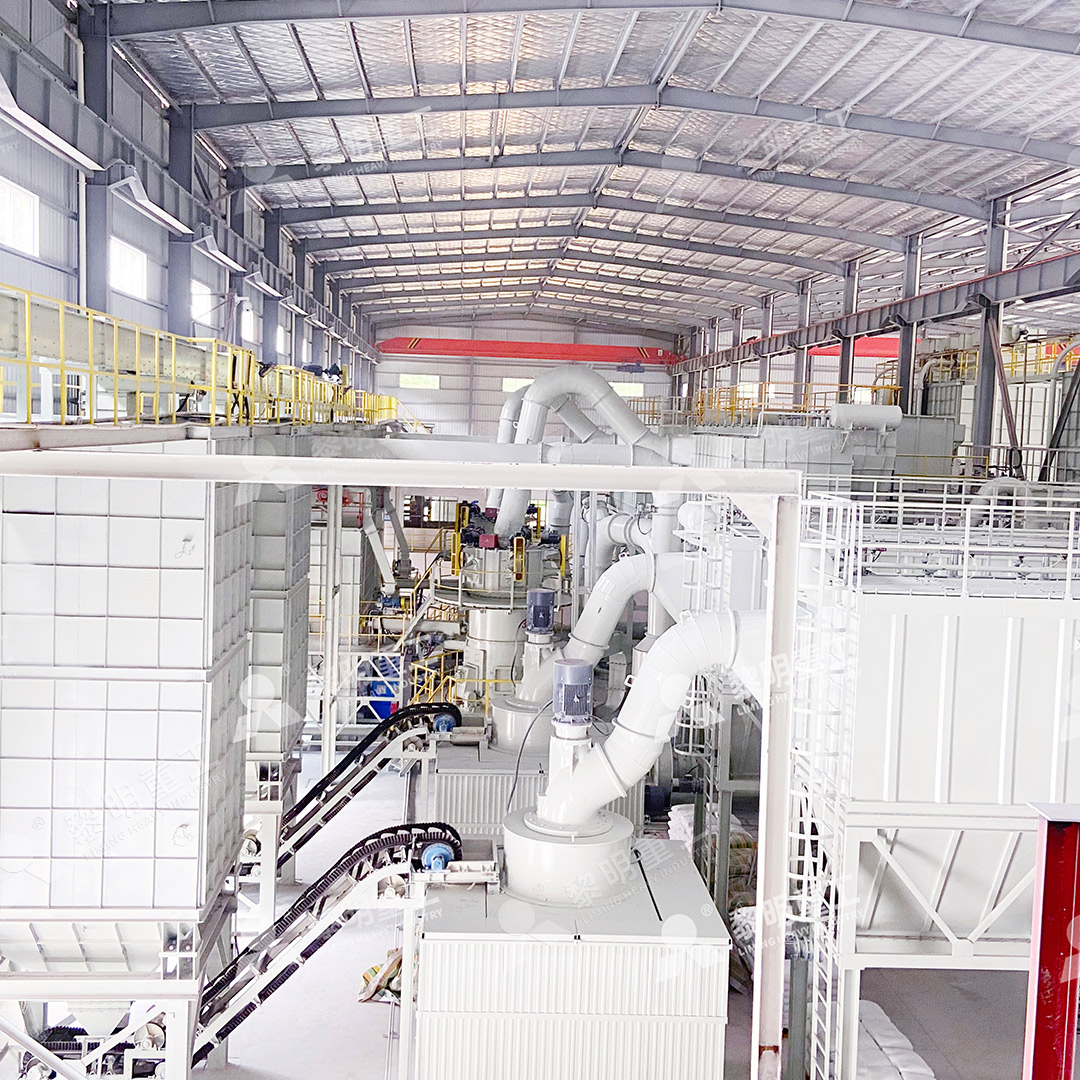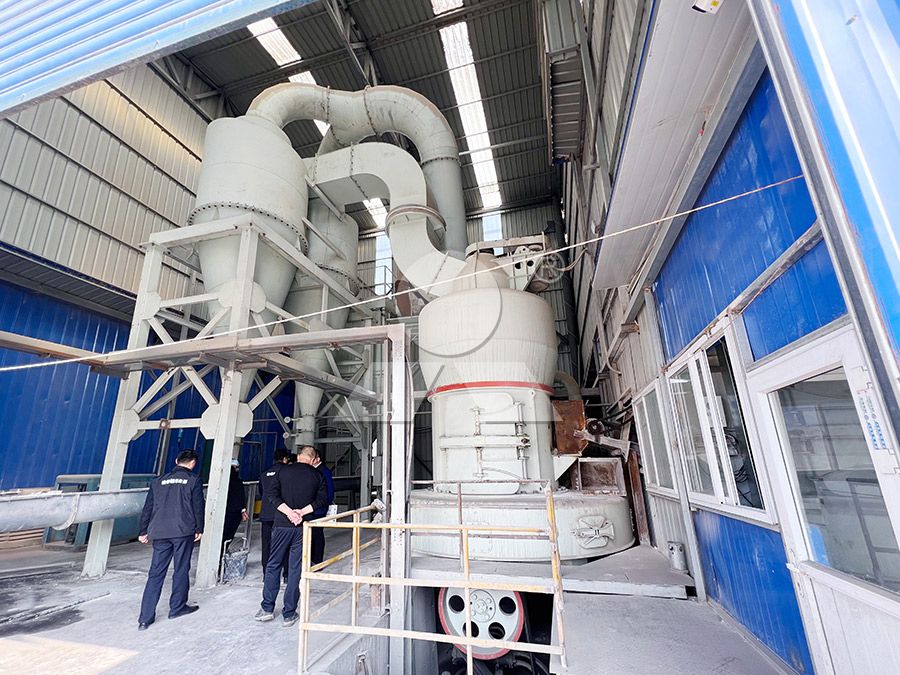Limestone Grinding Equipment: Types and How to Choose the Right Mill
We provide a wide range of mills — including Raymond mill, trapezoidal mill, vertical mill, ultrafine mill, and ball mill, obtained ISO9001 international quality certification, EU CE certification, and Customs Union CU-TR certification. Suitable for processing minerals such as limestone, phosphate, quicklime, kaolin, talc, barite, bentonite, calcium carbonate, dolomite, coal, gypsum, clay, carbon black, slag, cement raw materials, cement clinker, and more.
The discharge range of these mills can be adjusted to meet specific processing needs, typically from 80-400 mesh, 600-3250 mesh, and can achieve the finest particle size of up to 6000 mesh(D50).
If you are looking for a reliable grinding solution to turn stone or minerals into fine powder, please feel free to contact our online customer service.
Limestone Grinding Equipment: Types and How to Choose the Right Mill
Grinding limestone into a fine powder is a critical process in numerous industries, from construction materials to agriculture and chemical manufacturing. Selecting the appropriate grinding equipment is paramount to achieving desired product fineness, maximizing production efficiency, and controlling operational costs. The wrong choice can lead to excessive energy consumption, high maintenance downtime, and an inferior final product.
Common Types of Limestone Grinding Mills
The market offers a variety of mills, each with its own mechanism and ideal application range. Understanding their core differences is the first step in selection.
Raymond Mill (Roller Mill)
A classic and widely used design. Material is ground between rotating rollers and a stationary ring. Raymond mills are known for their reliability and are well-suited for producing powders in the range of 80-325 mesh. They offer a good balance of cost, performance, and simplicity for medium-fine grinding applications.
Ball Mill
This workhorse grinds material using steel balls inside a rotating cylinder. It’s highly versatile and can handle both wet and dry grinding. Ball mills are excellent for producing coarse to medium powders but are generally less energy-efficient for achieving very fine finishes (<400 mesh) compared to newer mill technologies.
\n
Vertical Roller Mill (VRM)
VRMs represent a significant advancement in grinding technology. Material is ground on a rotating table by large, hydraulically pressurized rollers. They are highly efficient, integrating grinding, drying, and classification in a single unit. VRMs consume significantly less energy than ball mills, especially for finer grinds, and have a much smaller footprint.
European Trapezium Mill (MTW/MTW-Z)
An evolution of the Raymond mill, featuring a curved duct design, bevel gear transmission, and internal thin-oil lubrication. This design reduces energy consumption, improves overall efficiency, and allows for easier maintenance. It’s a robust option for producing powders between 80-400 mesh.
Key Factors for Choosing the Right Mill
Your choice should be guided by a clear understanding of your project’s specific requirements:
- Input Size: The maximum feed size your raw limestone lumps are.
- Required Capacity (tph): The tons per hour of finished product you need.
- Desired Fineness (mesh/microns): The particle size distribution of your final powder.
- Moisture Content: Whether the mill needs to dry the material during grinding.
- Energy Consumption: The operational cost per ton of product.
- Operation & Maintenance: The ease of access for routine checks and part replacement.
Recommendation: MW Ultrafine Grinding Mill for Superior Fine Powder Production
For operations demanding ultra-fine limestone powder (finer than 400 mesh), traditional mills often struggle with efficiency and cost. This is where advanced, purpose-built equipment shines.
Our MW Ultrafine Grinding Mill is engineered specifically for customers who need to make high-quality ultra-fine powder efficiently and reliably. It handles feed sizes up to 20mm and offers a capacity range of 0.5-25 tph, making it suitable for both pilot plants and large-scale production.

Why choose the MW Mill for fine limestone?
- Higher Yielding, Lower Energy Consumption: Its newly designed grinding curves enhance efficiency, offering 40% higher capacity than jet mills while using only 30% of the energy.
- Adjustable Fineness (325-2500 meshes): A German-technology cage-type powder selector allows precise control over the final product’s fineness, achieving d97≤5μm.
- Worry-Free Operation: A unique design eliminates rolling bearings and screws in the grinding chamber, preventing common failure points. External lubrication allows for 24/7 continuous operation.
- Eco-Friendly: Equipped with an efficient pulse dust collector and muffler, the entire system operates cleanly with minimal dust and noise pollution.
For projects requiring even higher capacity or integration of drying, our LUM Ultrafine Vertical Grinding Mill is another excellent choice, combining advanced roller and powder separating technology for exceptional performance.

Conclusion
There is no universal “best” mill for limestone—only the best mill for your specific application. Carefully evaluate your production goals regarding capacity, fineness, and budget. For demanding ultra-fine powder production, innovative solutions like our MW Ultrafine Grinding Mill provide the efficiency, reliability, and environmental benefits modern industry requires. Investing in the right technology from the start ensures optimal productivity and a strong return on investment.
